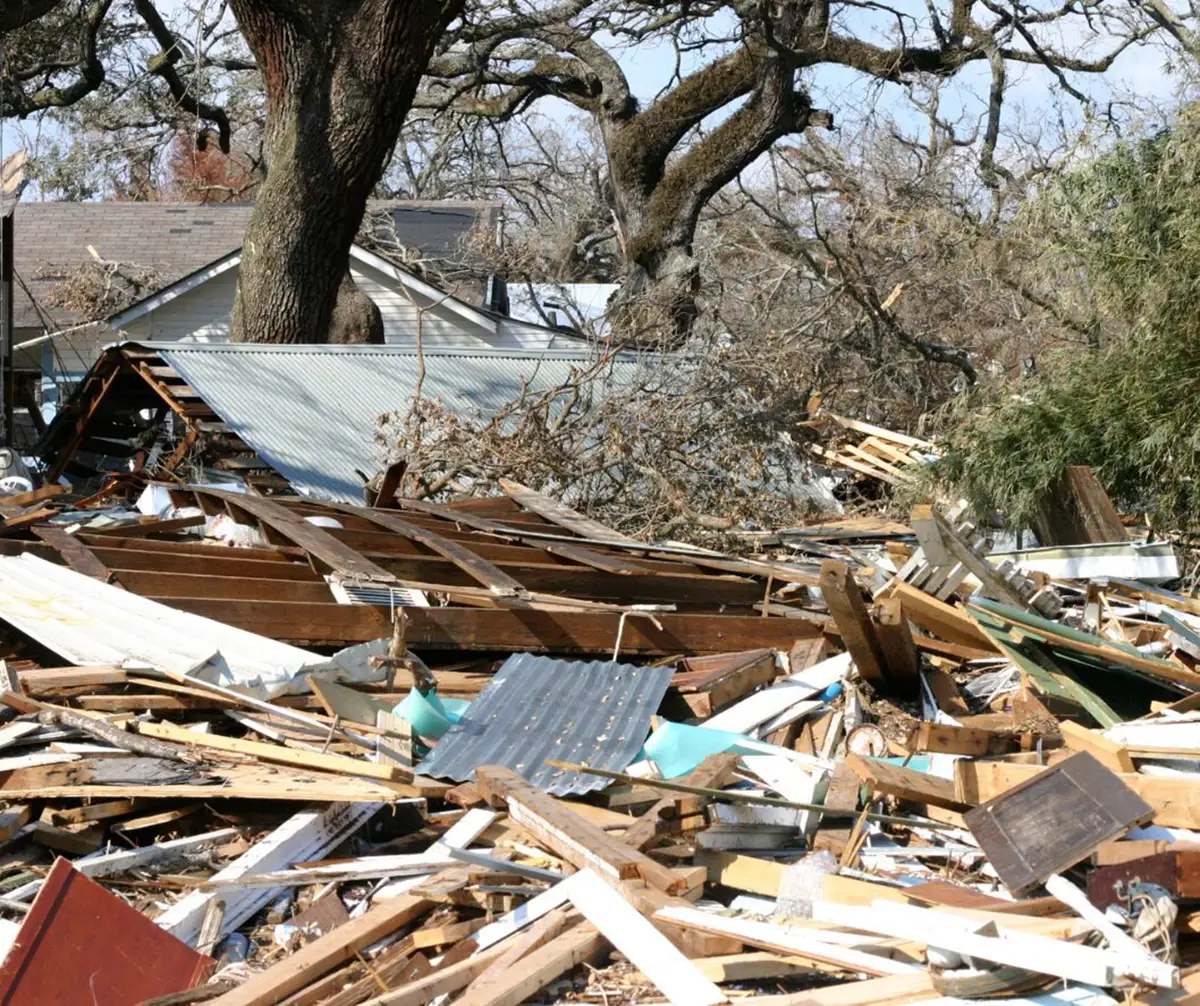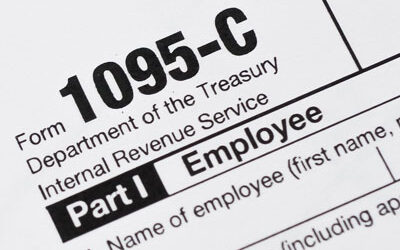In the last month, residents of the southeastern United States have faced unprecedented losses in the aftermath of Hurricane Helene. Read on to learn about casualty and disaster losses and how they may affect your tax returns. If you have questions about casualty and disaster losses or believe you may qualify, please contact us.
What are individual casualty and disaster losses?
Personal casualty losses are losses from casualty, disaster, and theft that are not connected to a trade or business or a transaction entered into for profit. In general, for tax years 2018 through 2025, if you are an individual, casualty or theft losses of personal-use property are deductible only if the loss is attributable to a federally declared disaster.
There are three (3) types of deductible casualty losses available for individuals: federal casualty losses, disaster losses, and qualified disaster losses.
- Federal casualty losses allow individuals to deduct losses even if they are not located in a county eligible for public and/or individual assistance (“disaster area”) as long as the loss can still be attributed to the federally declared disaster. The loss must still occur in a state that received a federal disaster declaration.
- Disaster losses are losses that are attributable to a federally declared disaster and that occur in an area eligible for assistance pursuant to a Presidential declaration. The disaster loss must occur in a county eligible for public and/or individual assistance.
- Qualified disaster losses are losses that are attributable to specific disasters that occurred in 2016-2020. Qualified disasters are subject to special rules which remove limitations based on income and other itemized deductions. In order for a disaster to qualify for this treatment, congressional action must be taken to pass special legislation. As of this writing, no such action has been taken for any disaster since 2020.
1. How are individual casualty losses claimed?
- Federal casualty losses are claimed on Form 4684 with your tax return. If the loss is attributable to a federally declared disaster but is not in a county eligible for public and/or individual assistance, the loss must be claimed in the year of the disaster, unless you have an outstanding claim for reimbursement and you are not sure if it will be reimbursed. In that case, the loss is claimed in the year that you become reasonably certain it will be reimbursed.
- Disaster losses are also claimed on Form 4684 with your tax return. If your loss is attributable to a federally declared disaster and is in a county eligible for public and/or individual assistance, you can elect to claim the loss either in the disaster year OR the year prior to the disaster year on an amended return. If elected, the amended return must be filed no later than October 15th of the year following the original due date. For example, amended 2023 returns claiming a disaster loss for a disaster occurring in 2024 are due October 15th, 2025.
2. How are casualty losses calculated, and what are the limitations?
- Casualty losses are calculated by determining the decrease in fair market value of the property, subtracting insurance proceeds or other reimbursements, combining all resultant losses attributable to the same event, subtracting $100 per event, and then subtracting 10% of your adjusted gross income (AGI). The loss is then combined with other itemized deductions on Schedule A.
- There is no limit to the amount of casualty loss that can be claimed in a given tax year; however, if your itemized deductions, including your casualty loss deduction, exceed your income, you may have an individual “net operating loss” (NOL) which must be carried forward to future tax year(s). Casualty losses are one of the few nonbusiness items which can create an NOL.
3. What types of property are eligible for casualty losses, and how do I determine the decrease in fair market value?
- You can claim a casualty loss on personal-use residential real property and any personal belongings. There are IRS-defined safe harbor methods for determining the decrease in fair market value, which can be found in IRS Revenue Procedure 2018-08 (https://www.irs.gov/pub/irs-drop/rp-18-08.pdf). These safe harbors may depend on the type of property and whether the loss is sustained in a “disaster area,” defined as occurring in a county eligible for public and/or individual assistance. If one of the safe harbors is used to determine your loss, the IRS will not challenge your determination of the decrease in fair market value. You can alternatively elect to use the actual reduction in fair market value pursuant to the income tax regulations, but you must have substantiation for your calculation. Consult your tax advisor for the proper method in your specific situation.
- The IRS also provides a workbook to assist in keeping track of personal-use property (https://www.irs.gov/pub/irs-pdf/p584.pdf).
4. What if my insurance proceeds and/or other reimbursements exceed my cost or basis of loss property?
In this case, you have a gain from casualty or theft. These are reported as capital gains on Schedule D. However, you may be able to postpone recognition of the gain if you purchase property similar or related in service or use to the damaged, destroyed, or stolen property within two (2) years. Additionally, gains on principal residences may qualify for special exclusions under Internal Revenue Code Section 121 if the residence was “completely destroyed” in the casualty. Consult your tax advisor for determination of rules in your specific situation.
References
1. IRS Publication 547 – Casualties, Disasters, and Thefts
https://www.irs.gov/pub/irs-pdf/p547.pdf
2. IRS Form 4684, Casualties and Thefts, Instructions
https://www.irs.gov/pub/irs-pdf/f4684.pdf
3. IRS Topic No. 515, Casualty, Disaster, and Theft Losses




